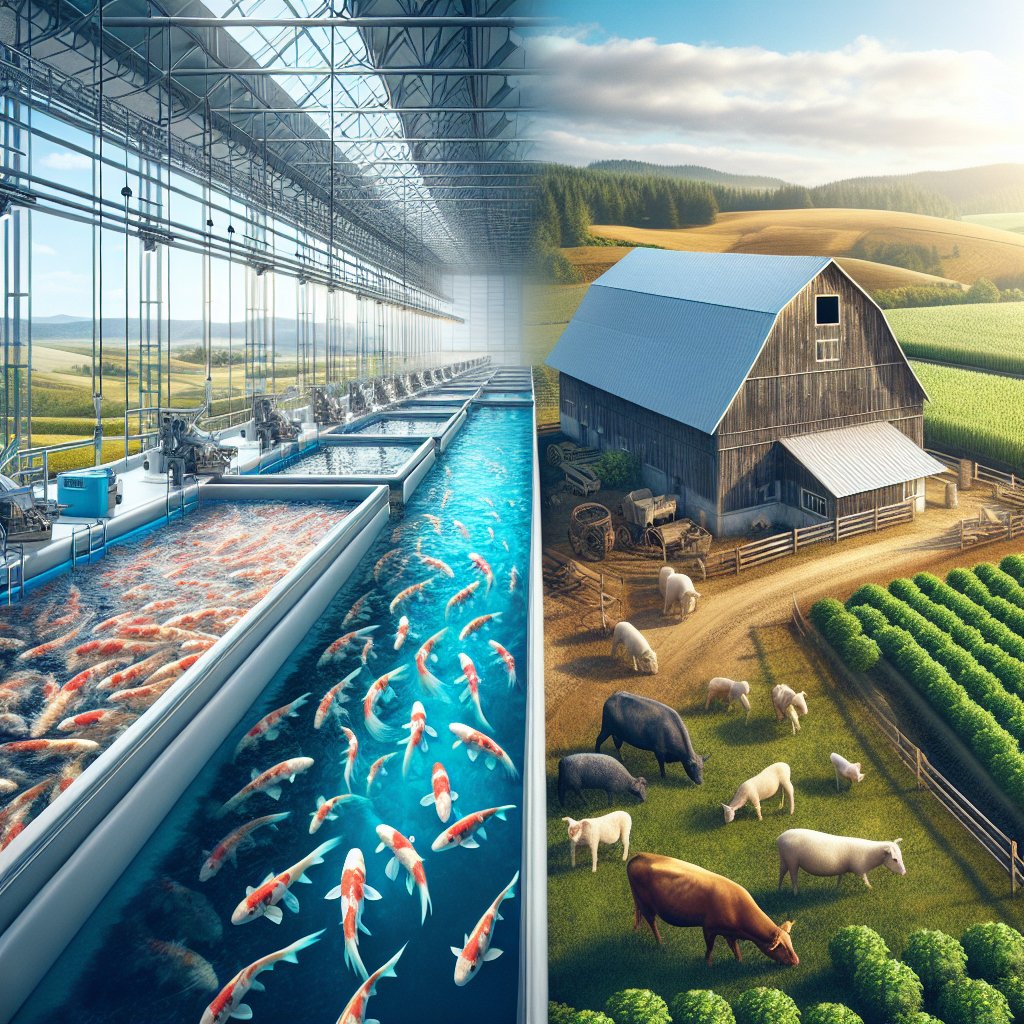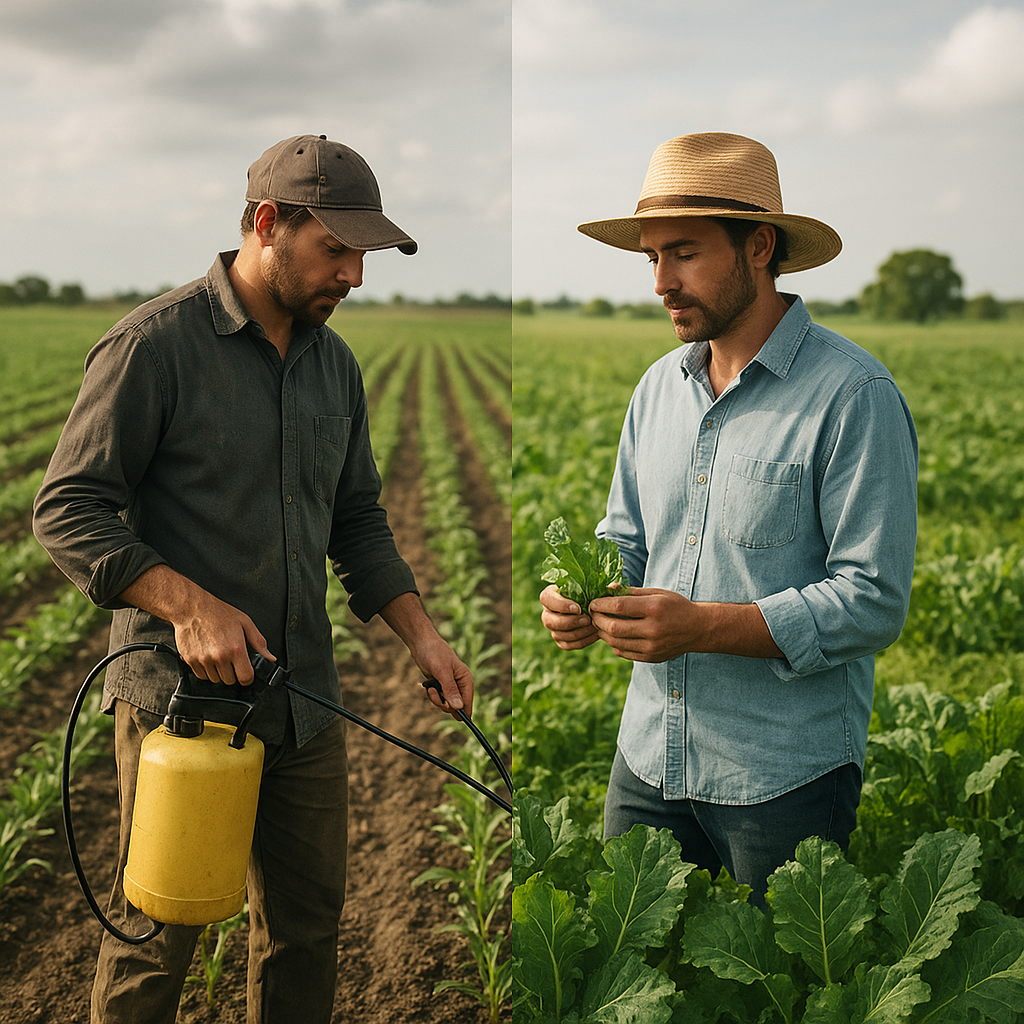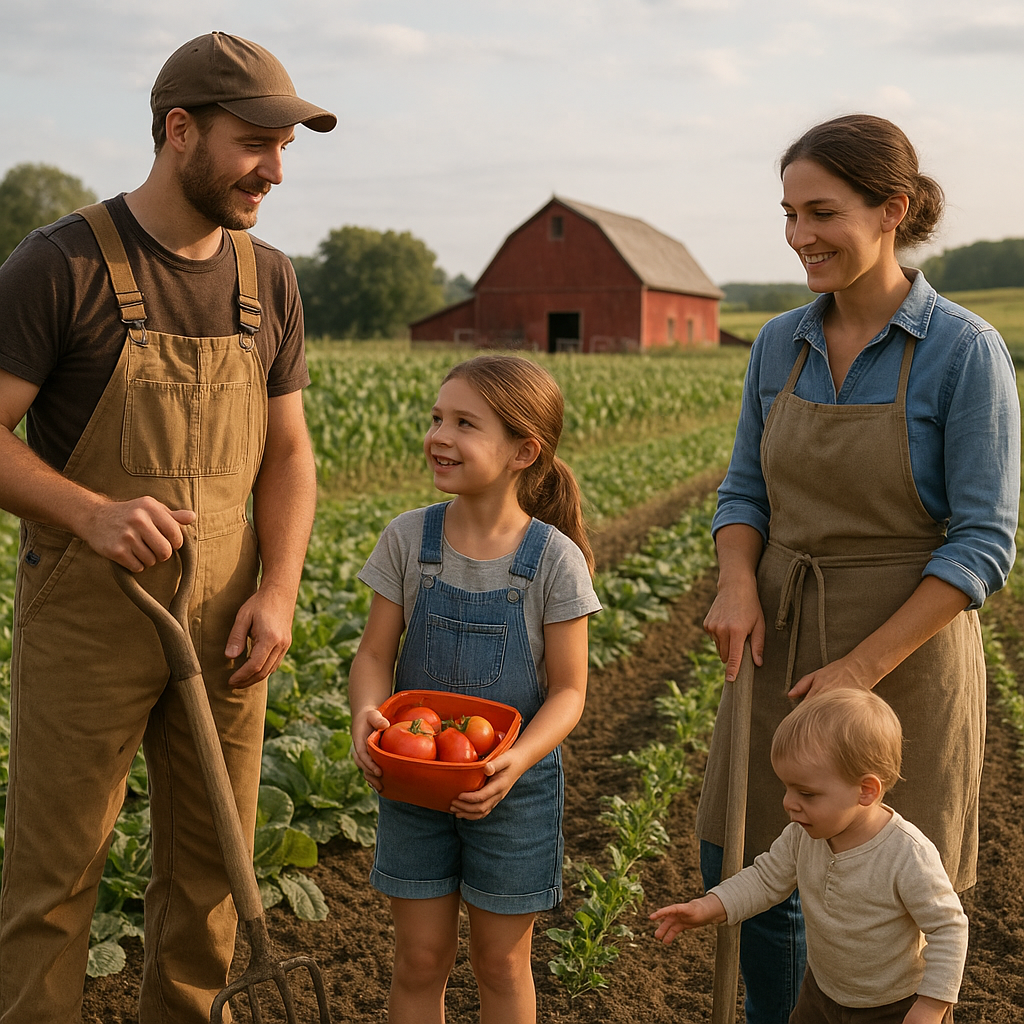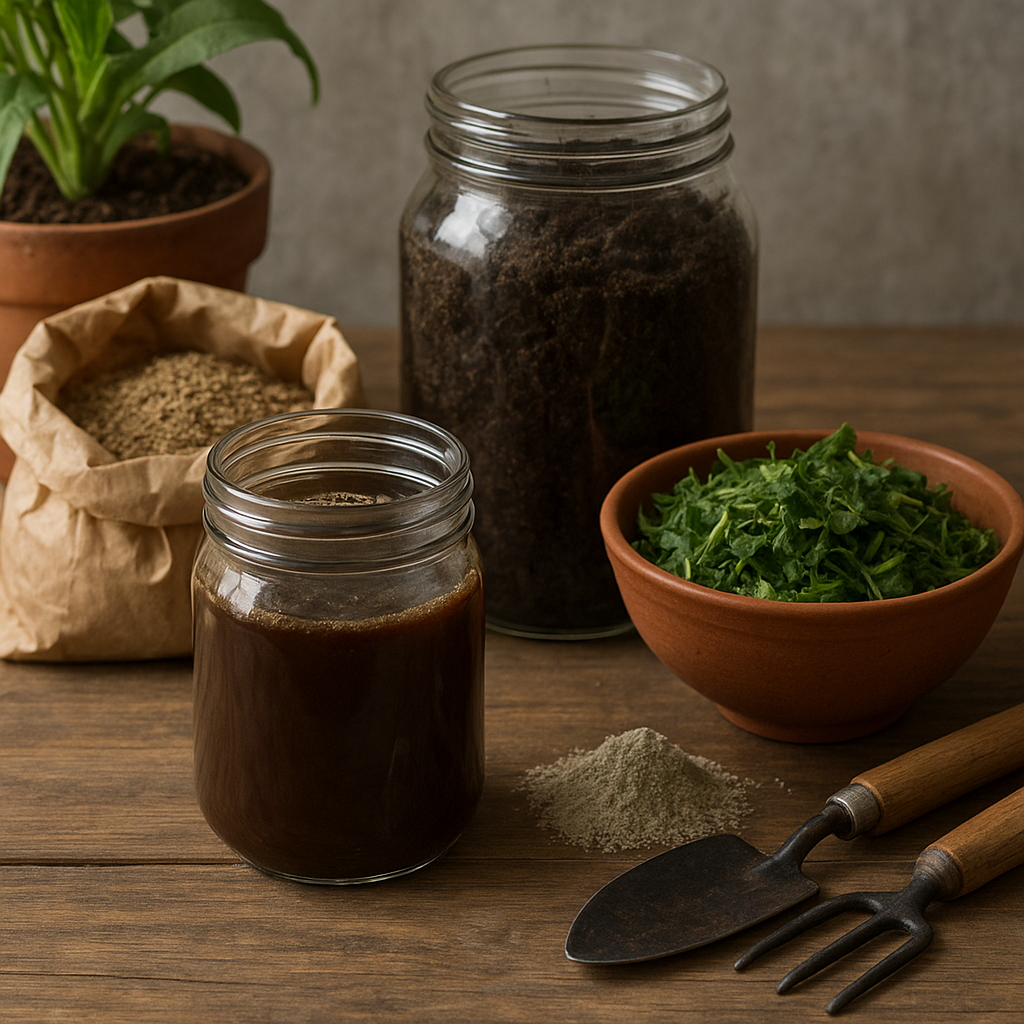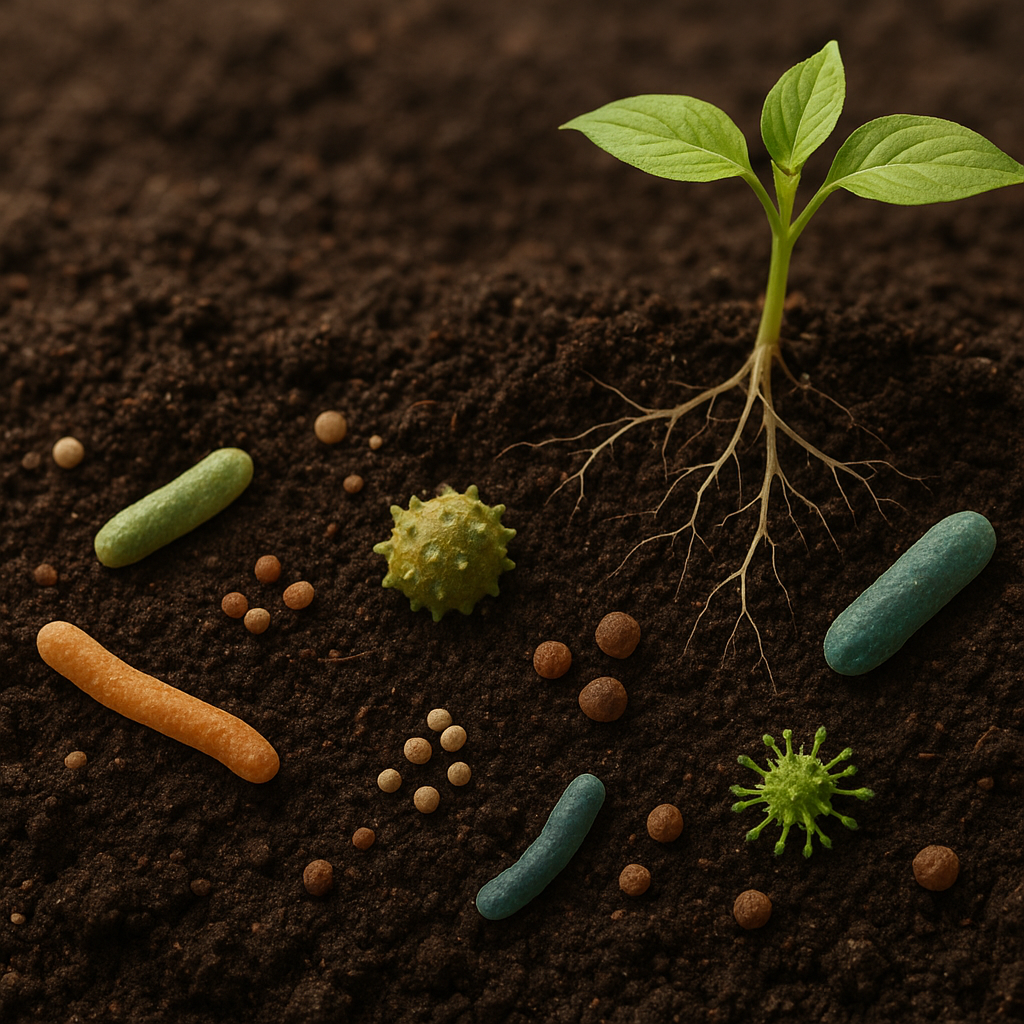The rise of sustainable aquaculture alongside traditional farming marks a significant shift in the way we approach food production. As the global population continues to grow, the demand for food, particularly protein sources, has never been higher. Traditional farming methods, while effective, often come with environmental costs that cannot be ignored. In response, aquaculture has emerged as a viable alternative, offering a way to produce seafood sustainably while complementing traditional agricultural practices. This article explores the evolution of aquaculture, its benefits, challenges, and how it can coexist with traditional farming to create a more sustainable food system.
The Evolution of Aquaculture
Aquaculture, the farming of aquatic organisms such as fish, shellfish, and seaweed, has a long history that dates back thousands of years. However, it has gained significant attention in recent decades due to the increasing pressures on wild fish stocks and the need for sustainable food sources. The practice has evolved from small-scale, subsistence farming to large-scale commercial operations that can produce significant quantities of seafood.
In the early days, aquaculture was primarily focused on freshwater species like carp and tilapia. Today, it encompasses a wide range of species, including salmon, shrimp, and various shellfish. Advances in breeding techniques, feed formulation, and disease management have allowed aquaculture to become more efficient and productive. Moreover, the integration of technology, such as automated feeding systems and water quality monitoring, has further enhanced the sustainability and profitability of aquaculture operations.
One of the key drivers behind the rise of aquaculture is the alarming decline of wild fish populations. Overfishing, habitat destruction, and climate change have all contributed to the depletion of marine resources. According to the Food and Agriculture Organization (FAO), nearly 34% of global fish stocks are overfished, while another 60% are fully exploited. This situation has prompted a shift towards aquaculture as a means of meeting the growing demand for seafood without further depleting wild populations.
Benefits of Sustainable Aquaculture
Sustainable aquaculture offers numerous benefits that can help address the challenges of food security and environmental sustainability. Some of the key advantages include:
- Reduced Pressure on Wild Fish Stocks: By cultivating fish and shellfish in controlled environments, aquaculture can alleviate the pressure on overexploited wild populations. This allows for the recovery of marine ecosystems and the preservation of biodiversity.
- Efficient Protein Production: Aquaculture can produce protein more efficiently than traditional livestock farming. Fish are cold-blooded and convert feed into body mass more efficiently than terrestrial animals, making aquaculture a more sustainable option for protein production.
- Utilization of By-Products: Aquaculture can utilize agricultural by-products, such as crop residues and food waste, as feed for fish. This not only reduces waste but also creates a circular economy within the food production system.
- Job Creation and Economic Growth: The aquaculture industry has the potential to create jobs and stimulate economic growth, particularly in coastal and rural communities. As demand for seafood increases, so does the need for skilled labor in aquaculture operations.
- Innovation and Research: The growth of aquaculture has spurred innovation and research in areas such as breeding, nutrition, and disease management. This ongoing research contributes to the development of more sustainable practices and technologies.
Challenges Facing Aquaculture
Despite its many benefits, aquaculture also faces several challenges that must be addressed to ensure its sustainability. Some of the most pressing issues include:
- Environmental Impact: While aquaculture can reduce pressure on wild fish stocks, it can also have negative environmental impacts if not managed properly. Issues such as water pollution, habitat destruction, and the spread of diseases to wild populations can arise from poorly managed aquaculture operations.
- Feed Sustainability: The production of fish feed often relies on wild-caught fish, which can undermine the sustainability of aquaculture. Developing alternative feed sources, such as plant-based proteins and insect meal, is crucial for reducing the reliance on wild fish.
- Regulatory Challenges: The aquaculture industry is subject to various regulations and standards that can vary significantly between countries. Navigating these regulations can be complex and may hinder the growth of the industry.
- Market Competition: As aquaculture continues to grow, it faces competition from both wild-caught seafood and other protein sources. Ensuring that aquaculture products are perceived as high-quality and sustainable is essential for market success.
Integrating Aquaculture with Traditional Farming
The integration of aquaculture with traditional farming practices presents an opportunity to create a more sustainable food system. This approach, often referred to as integrated farming, involves the simultaneous cultivation of crops and aquatic organisms, allowing for the efficient use of resources and the reduction of waste.
One common method of integrated farming is the practice of aquaponics, which combines aquaculture with hydroponics. In this system, fish waste provides nutrients for plants, while the plants help filter and clean the water for the fish. This symbiotic relationship creates a closed-loop system that maximizes resource efficiency and minimizes environmental impact.
Additionally, traditional farmers can benefit from incorporating aquaculture into their operations. For example, rice farmers can introduce fish into their paddies, which can help control pests and weeds while providing an additional source of income. This practice not only enhances the productivity of the farm but also contributes to biodiversity and ecosystem health.
The Future of Sustainable Food Production
The rise of sustainable aquaculture alongside traditional farming represents a promising path towards a more resilient and sustainable food system. As the global population continues to grow, the need for innovative solutions to food production becomes increasingly urgent. By embracing aquaculture and integrating it with traditional farming practices, we can create a more sustainable and efficient food production system that meets the needs of both people and the planet.
In conclusion, the future of food production lies in the ability to adapt and innovate. Sustainable aquaculture offers a viable solution to the challenges of food security and environmental sustainability. By working together, traditional farmers and aquaculture producers can create a harmonious relationship that benefits both the economy and the environment, paving the way for a more sustainable future.
